Exploring Jane Austen’s England
Exploring Jane Austen’s England Jane Austen The reach and magnitude of Jane Austen’s influence on modern readers may make one forget that she only had six novels to her name (three of which were published…
21 Aug 18 · 10 mins read
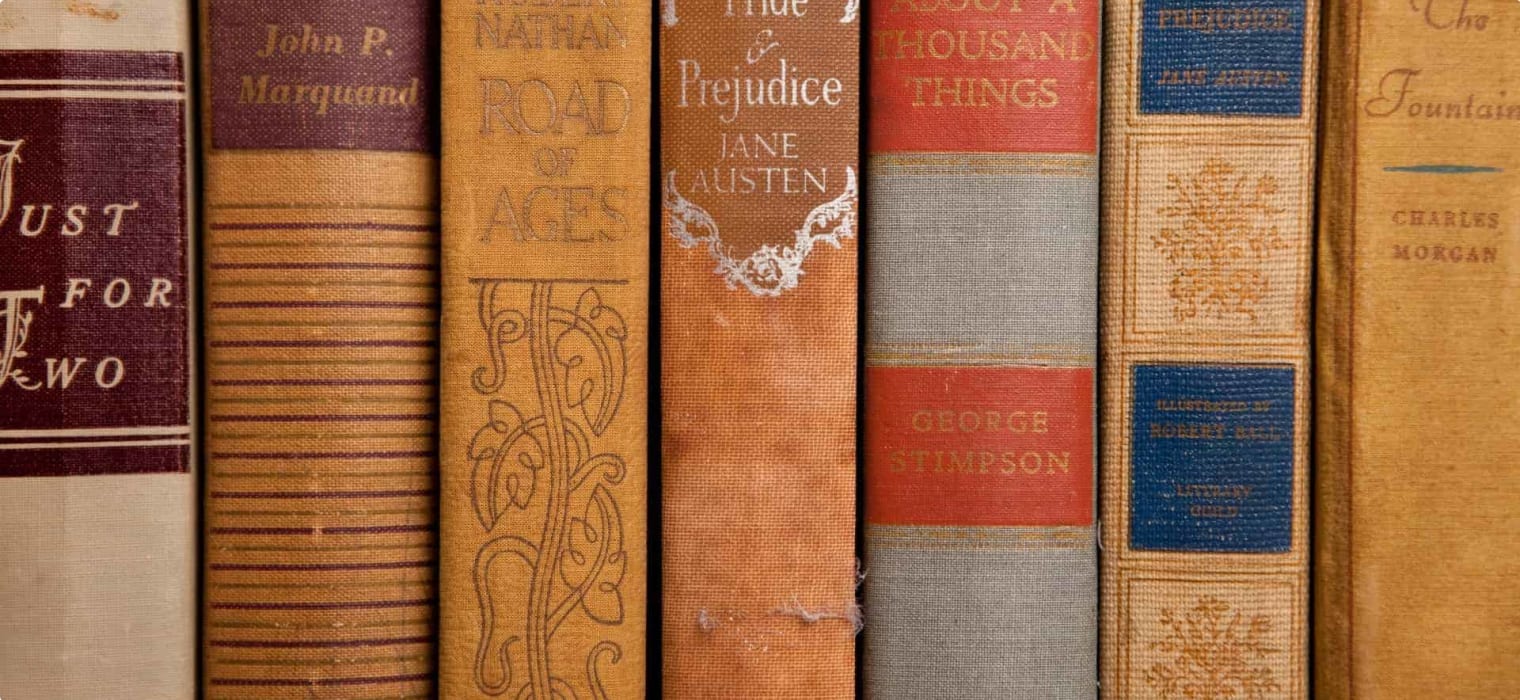
Exploring Jane Austen’s England
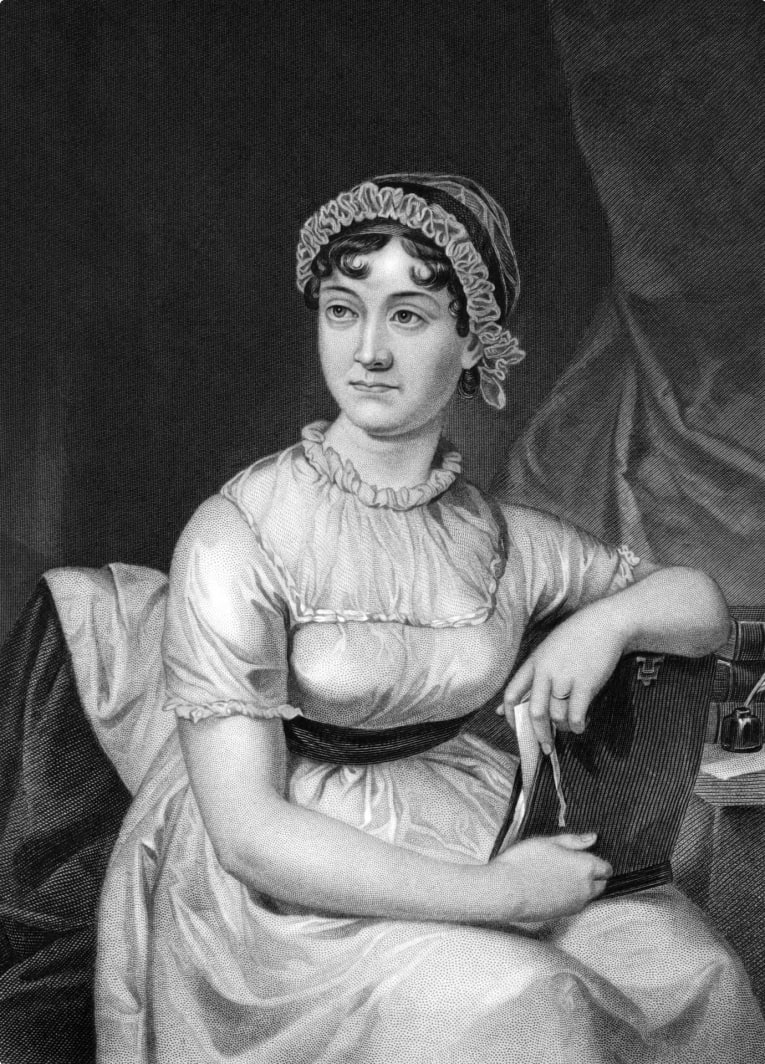
The reach and magnitude of Jane Austen’s influence on modern readers may make one forget that she only had six novels to her name (three of which were published posthumously), and that she died at the relatively young age of 41. Fortunately, her devoted readers and Austen literary scholars have kept her words alive. Pride and Prejudice, her second novel and arguably the most well-known in her oeuvre, has been in print since it was first published more than 200 years ago in 1813, and has spawned numerous film and TV adaptations, and even a parody novel, Pride and Prejudice and Zombies.
Though Jane’s novels were at first published anonymously, it is now impossible to talk about the modern novel without discussing her ground-breaking literary contributions. Jane lived in the transition between the 18th century sentimental style of telling stories and 19th century literary realism. She was clearly in the camp of the realists. In a letter to James Stanier Clarke, the Prince Regent’s librarian, she wrote:
I could not sit seriously down to write a serious Romance under any other motive than to save my Life, & if it were indispensable for me to keep it up & never relax into laughing at myself or other people, I am sure I should be hung before I had finished the first Chapter. – No – I must keep to my own style & go on in my own Way; And though I may never succeed again in that, I am convinced that I should totally fail in any other
She wrote novels in stark contrast to the novels being written and published at the time, reacting against the sensationalism, extravagance, and (at times absurdly) heightened emotions and situations woven by Romantic writers. Instead, she wrote about ordinary people living ordinary lives, putting characters in realistic situations that her readers might find themselves in. Even though she belonged to the privileged upper classes, she understood the restricted spaces women occupied in the early 19th century, and her novels—which tackled upward mobility through marriage, among other things—reflected these insights.
Despite the restrictions imposed by society on women, Jane did not confine herself to the small village where she was born.
Exploring Jane Austen’s England
This article explores the five key places connected to the English novelist:
- Kent;
- Bath;
- Chawton Cottage (now Jane Austen’s House Museum) in Hampshire;
- London;
- and finally, Winchester, where she passed on from this world to literary eternity.
Odyssey Traveller arranges small educational group tours for over-50s travellers to introduce the art and literature of England. Although there are many Jane Austen day tours from London we recommend a more in depth Austen tour. Odyssey’s guided tour gives a comprehensive overview, and Jane Austen’s House Museum is one of its many stops we explore with our tour guide. Feel free to click through to know more about the tour, or read on to discover England by following the events of her life. For further reading, we recommend Anne-Marie Edwards’ Jane Austen’s England (2018)..
Kent
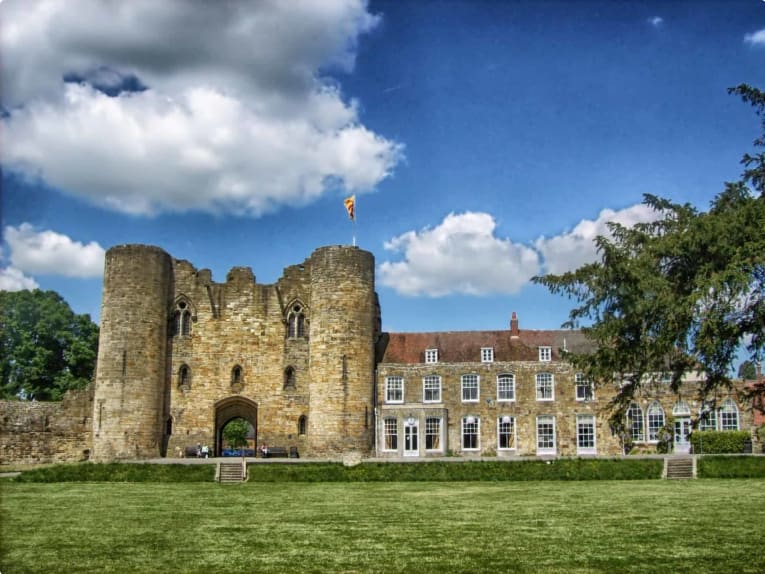
Jane Austen was born on December 16, 1775. Her father, George Austen, served as rector of Anglican parishes in Steventon, where the family lived before moving to Bath, and belonged to a respected and wealthy family with numerous links to Kent dating back to the 16th Century. George Austen himself was born in Tonbridge, Kent. Another link was created when Jane’s brother, Edward, was adopted by wealthy relatives and brought up in the county, which led to his inheritance of Godmersham Park and other estates.
In her 20s, Jane frequented Godmersham Park to visit her brother. The property is now a college for the Association of British Dispensing Opticians and closed to the public, but can be seen from St. Lawrence the Martyr Church (or Godmersham Church), which holds the family vault where Edward’s and his wife Elizabeth’s remains were deposited.
Jane also visited Goodnestone House, the home of Elizabeth’s parents, Sir Brook and Lady Bridges. Readers and fans may recall that Rosings, the home of Lady Catherine de Bourgh in Pride and Prejudice, is in Kent. Both Godmersham and Goodnestone might have inspired Jane, who began writing Pride and Prejudice in 1796, following a visit to the elegant Goodnestone House. Visitors now can walk around the vast estate surrounding the house.
Whenever she travelled to Canterbury in Kent to visit Edward, Jane often rested at the Bull and George Inn at Dartford. The inn was demolished in January 1981 to make way for a new Boots store, but visitors could see a plaque put up in 2006 on the wall of Boots in High Street, announcing that Jane Austen used to stay at the former inn.
Bath
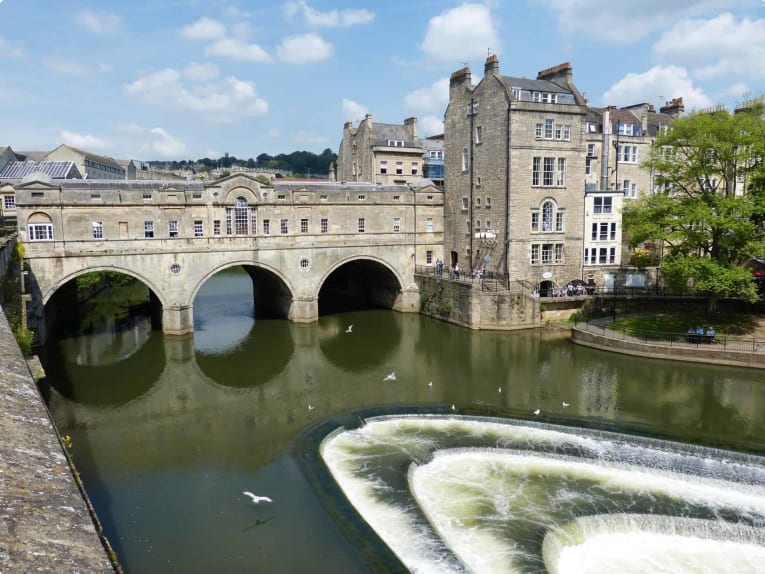
To the family’s surprise, George Austen announced in 1800 that he would be retiring from the clergy, prompting the Austens to move out of the Steventon rectory to Bath. Jane Austen‘s Bath features in parts of Northanger Abbey and Persuasion in this city.
There are many Jane-related places to visit in Bath, where the author lived until her early 30s. One of the must-see sites is the Jane Austen Centre on Gay Street. Here, guides in Regency costume bring Jane Austen’s world to life by walking visitors through a permanent Jane Austen exhibition.
Directly above, on the second floor, is the Regency Tea Room, which serves a delightful Austen-themed menu. Some menu items are “Tea with Mr. Darcy” described as “a decadent and delicious serving of exquisite cakes, divine finger sandwiches and a delightful warm scone served with Dorset clotted cream and seasonal jam” and “Mrs Bennet’s Cake of the day”, a “scrummy treat of a cake served with seasonal fruit and a raspberry coulis.” Visitors who wish to skip the exhibition can go straight to the tea room on the second floor and request a table.
Bath was also where the Jane Austen Pineapple Appreciation Society was formed, when founder Sophie Andrews met a group of like-minded individuals who, like her, felt a very strong connection with Jane’s novels and often turned to the 19th century as a means to escape the real world. The Society has a year-round schedule of social engagements where members dress up in Regency garb. The group’s entertainment ranges from dances to rounds of the “very un-Regency” Cards Against Humanity game of their own design.
Visitors may also want to see the Sydney Gardens, where Jane went to watch fireworks displays. Sydney Gardens is the oldest park in Bath, dating back to the 18th century.
Another iconic landmark is the Royal Crescent, a row of 30 terrace houses around a lawn overlooking Royal Victoria Park. Some scenes of the film adaptation of Persuasion were shot here.
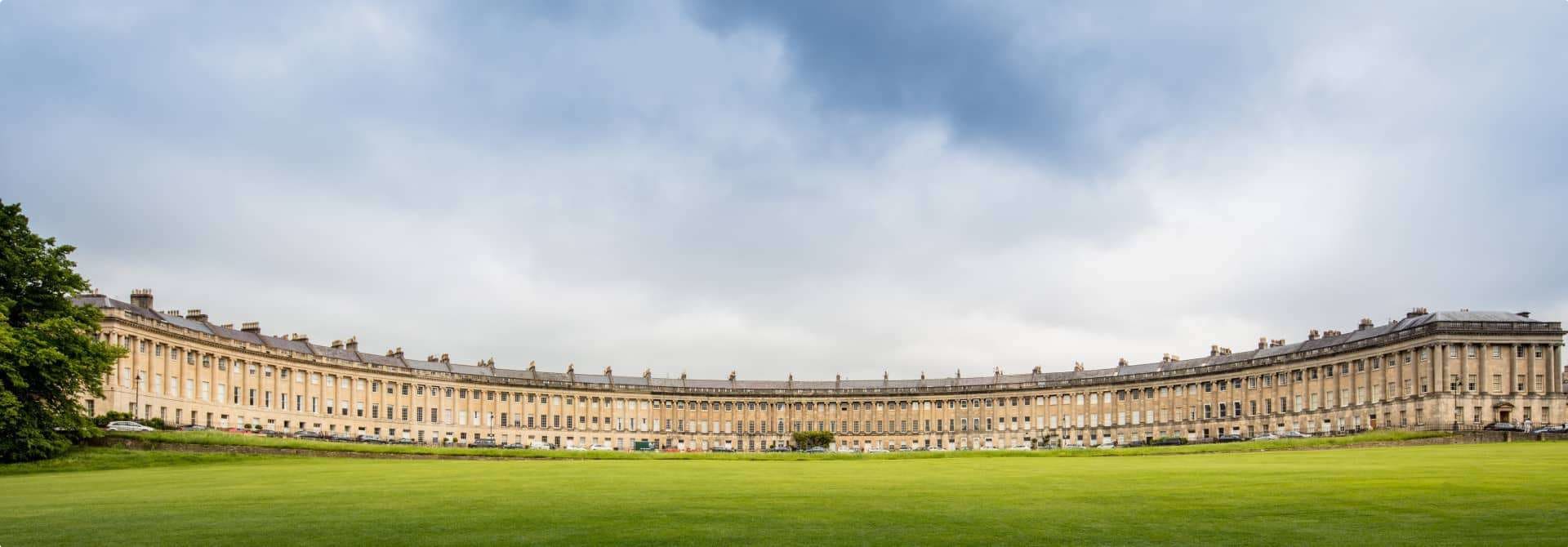
Jane also attended Masonic Hall, the site of Bath’s Original Theatre Royal, which was famous for being the first theatre outside London to be granted a Royal patent.
Another site of interest for Austen fans is the Upper Rooms, now Bath’s Assembly Rooms, where Jane went dancing along with Bath’s most fashionable residents. The Assembly Rooms, now owned by the National Trust, is open to visitors and houses Bath’s costume collection in the basement.
Chawton Cottage
George Austen fell ill very quickly and died in 1805. The Austen women were forced to move from one lodging to another until Edward offered a six-bedroom 17th century cottage in Chawton, Hampshire when Jane was 33. Chawton Cottage was just a short walk to the “Great House”, Chawton House, which Edward owned.
Chawton Cottage became witness to the writing and publication of all of Jane’s major novels. Following Jane’s death in 1817, her mother and sister continued to live at the cottage for the rest of their lives. The property was put up for sale in 1947, and was turned into an independent museum dedicated to the English novelist, opening to the public in 1949. Visitors, for a fee, can explore Jane’s home and garden and learn about her life through the exhibitions and displays. There is no guided walking tour, so visitors can walk around freely and stay for an hour or the entire day.
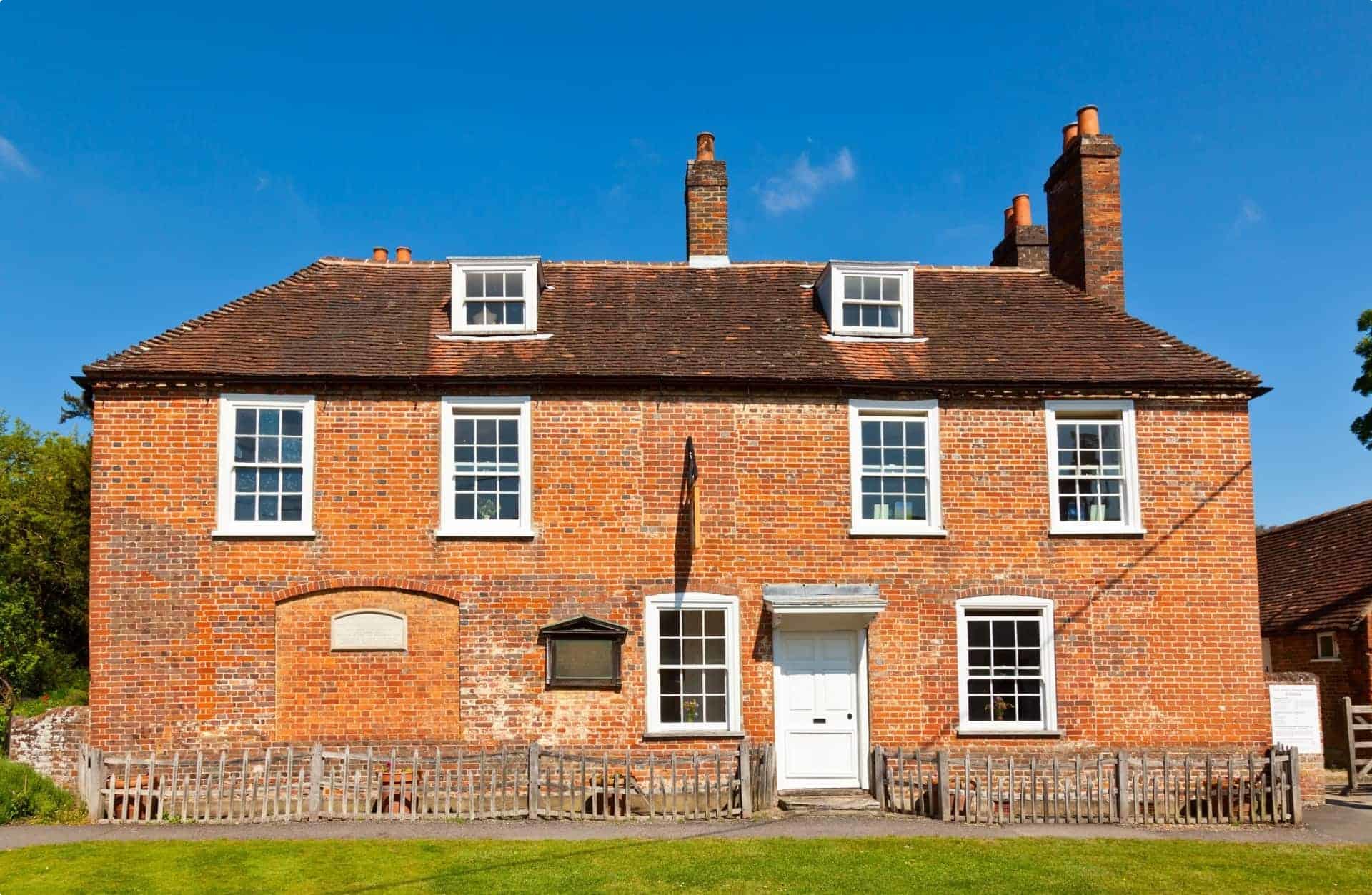
Chawton House and the surrounding gardens are open to visitors as well. The manor houses a library, the Reading Room, with a unique collection that focuses on women’s literature in English from 1600 to 1830, including rare early editions.
London
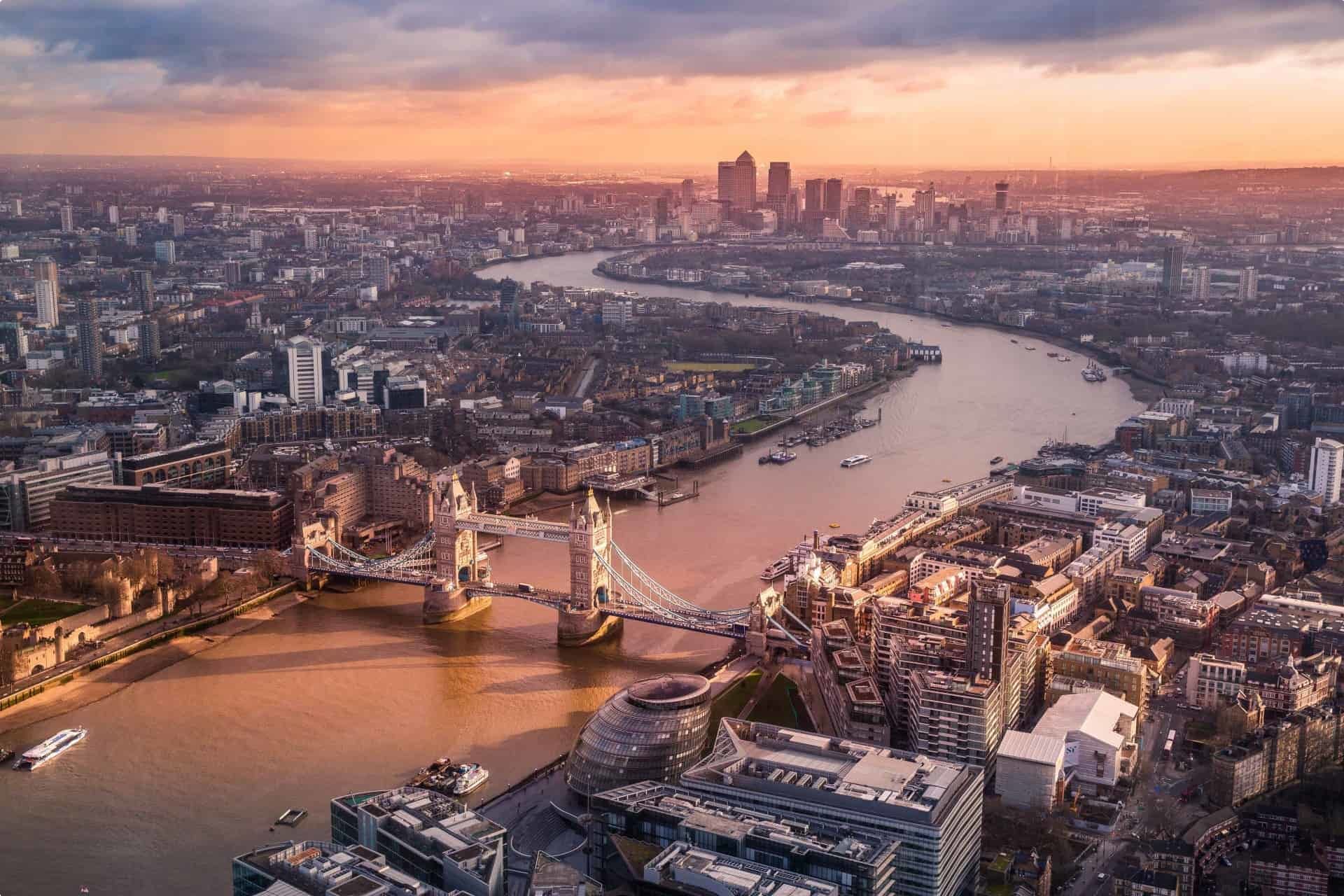
Jane lived comfortably but one could see her astute observations of Georgian London through the fate of Sense and Sensibility’s Eliza Williams, who dies of consumption in a poorhouse.
Jane frequented London to stay with her brother, Henry, and his wife, Eliza. Henry, who worked as a London banker for many years, was a staunch supporter of Jane’s writing career and even served as her agent, negotiating on her behalf with her publishers and printers.
In 1811, Jane visited Henry in his house on Sloane Street, at the time a wide thoroughfare in a rural area. Following the death of his wife in 1813, Henry, now bank partner of Austen, Maunde, and Tilson, moved to rooms over the bank’s offices in 10 Henrietta Street. This is more centrally located in London. Jane stayed in Number 10 while visiting publishers and working on the proofs of Mansfield Park. Now visitors will find that the building’s ground floor has been altered, but on the wall is a plaque commemorating Jane’s stay.
As Henrietta Street is in the heart of the city, Austen visited nearby theatres including the Lyceum and the Theatre Royal in Drury Lan. In a letter addressed to her sister Cassandra, she wrote:
We did go to the play after all on Saturday, we went to the Lyceum, saw the Hypocrite, an old play taken from Moliere’s Tartuffe, were well entertained. Dowton Mathews were the good actors. Mrs Edwin was the Heroine – her performance is just what it used to be. – I have no chance of seeing Mrs Siddons. – She did act on Monday, but as Henry was told by the Boxkeeper that he did not think she would, the places, all thought of it, were given up. I should particularly have liked seeing her in Constance, could swear at her with little effort for disappointing me.
Old Bond Street in Mayfair was where Jane set most of the London scenes in her first published novel, Sense and Sensibility. It is a short section in the southern end of modern-day Bond Street which joins Piccadilly. Bond Street has preserved most of its Georgian architecture but is now filled with shops of the biggest designers in the world.
A year later, Henry moved once again to a house he purchased in Hans Place, an area located in Knightsbridge and near his old home on Sloane Street. Hans Place at the time was surrounded by fields, and Jane visited him to admire the gardens, prepare Emma for publication, and, at one point, nurse a seriously ill Henry back to health. She also visited the Prince Regent’s Library at Carlton House. Jane Austen‘s Emma was published in December 1815.
The gardens are still there, though Hans Place has been redeveloped. A plaque recalling Jane’s visits to her brother can still be viewed on Number 23 Hans Place.
Winchester
And so we come to Jane’s final resting place.
In 1816, the 40-year-old Jane was starting to feel increasingly weak. However, she did not allow her illness to take her away from her writing. In July of that year, she finished the first version of what was to be her final completed novel, Persuasion.
Still, her illness worsened, and in May 1817, she and her sister Cassandra, escorted by Henry and their young nephew William Knight on horseback, made the 26-kilometre (or 16-mile) journey from Chawton Cottage to Winchester, to be treated by a doctor in the county hospital.
Jane and Cassandra stayed at a house in College Street, which to this day remains unchanged. She felt better, but there was nothing more her doctor could do. Jane died peacefully less than two months later, on July 18, 1817, at the age of 41.
Her funeral was only attended by four people—her brothers Henry, Edward, and Frank, and a nephew, James Edward. Ladies at the time often did not attend funerals, but Cassandra watched Jane’s small funeral procession and wrote of her grief in her letters to her niece, Fanny Knight:
I have lost a treasure, such a sister, such a friend as never can have been surpassed. She was the sun of my life, the gilder of every pleasure, the soother of every sorrow; I had not a thought concealed from her, and it is as if I had lost a part of myself. I loved her only too well — not better than she deserved, but I am conscious that my affection for her made me sometimes unjust to and negligent of others; and I can acknowledge, more than as a general principle, the justice of the Hand which has struck this blow.
When Jane Austen was buried in the Winchester Cathedral, her original memorial stone did not even mention her books. This unfortunate omission of her literary contributions was later corrected by a brass plaque erected in 1872 and an illustrated exhibition beside her grave detailing her life and work.
Visitors all over the world now travel to Winchester to pay their respects and celebrate Jane Austen’s short but remarkable life. Our tour includes a day trip to Winchester and we explore it on a walking tour of the city and the cathedral.
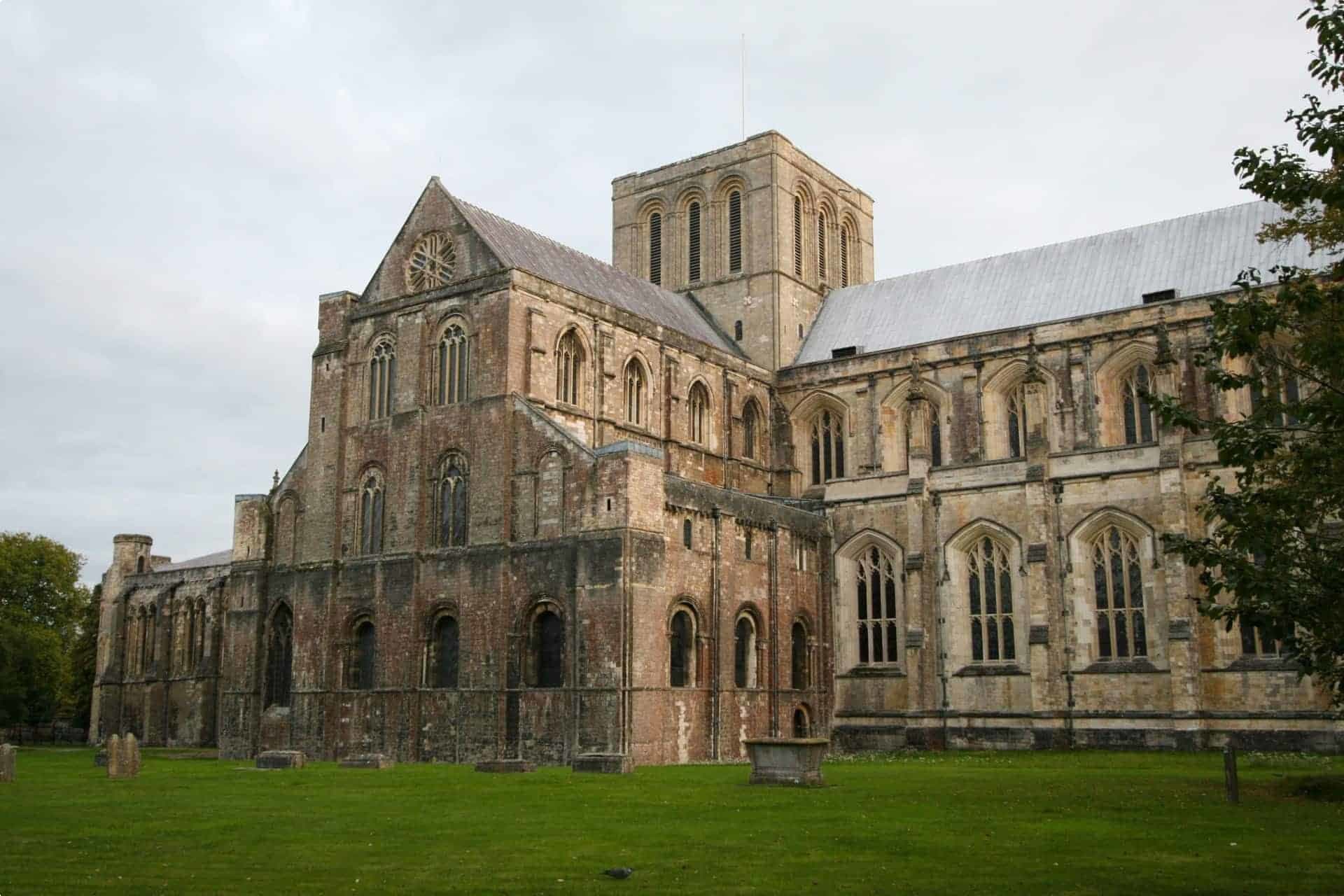
If you wish to know more about Jane’s life and other English writers and artists, Odyssey Traveller’s art and literary tour may be a good place to start. Highlights of the tour include the Globe Theatre, Shakespeare’s birthplace in Stratford-upon-Avon, the Charles Dickens Museum in London, the famous Bronte Parsonage Museum in Haworth, and Jane Austen’s house at Chawton.
About Odyssey Traveller
Odyssey Traveller is committed to charitable activities that support the environment and cultural development of Australian and New Zealand communities. Accordingly, we are pleased to announce that since 2012, Odyssey has been awarding $10,000 Equity & Merit Cash Scholarships each year. We award scholarships on the basis of academic performance and demonstrated financial need. We award at least one scholarship per year. We’re supported through our educational travel programs, and your participation helps Odyssey achieve its goals.
For more information on Odyssey Traveller and our educational small group tours, visit our website. Alternatively, please call or send an email. We’d love to hear from you!
Related Tours

22 days
AugDiscovering the art and literature of England: Jane Austen, Shakespeare, and more
Visiting England
Stratford upon Avon, Shakespeares birthplace and Anne Hathaway's cottage as well as the Lake district a UNESCO World site and Dicken's London are part of guided tour for a small group tour of like minded people learning about the art and literature of England. Your tour leader and local guides share day tour itineraries to create a unique travel experience.
From A$17,765 AUD
View Tour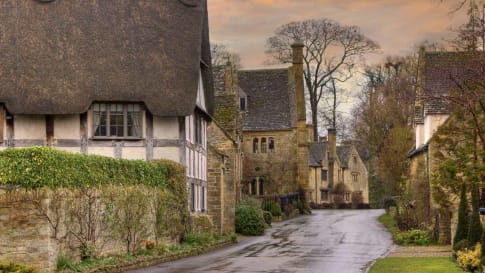
19 days
Jun, SepEngland’s villages small group history tours for mature travellers
Visiting England
Guided tour of the villages of England. The tour leader manages local guides to share their knowledge to give an authentic experience across England. This trip includes the UNESCO World heritage site of Avebury as well as villages in Cornwall, Devon, Dartmoor the border of Wales and the Cotswolds.
From A$16,995 AUD
View Tour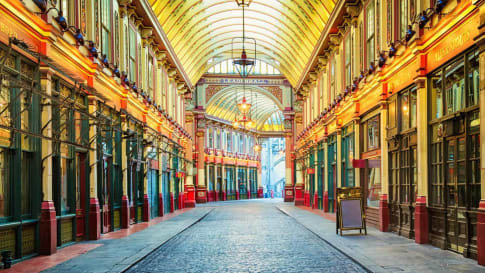
21 days
Sep, JunQueen Victoria's Great Britain: a small group tour
Visiting England, Scotland
A small group tour of England that explores the history of Victorian Britain. This escorted tour spends time knowledgeable local guides with travellers in key destinations in England and Scotland that shaped the British isles in this period including a collection of UNESCO world heritage locations.
From A$15,880 AUD
View Tour

